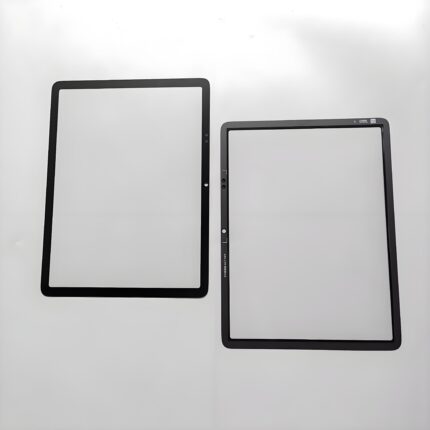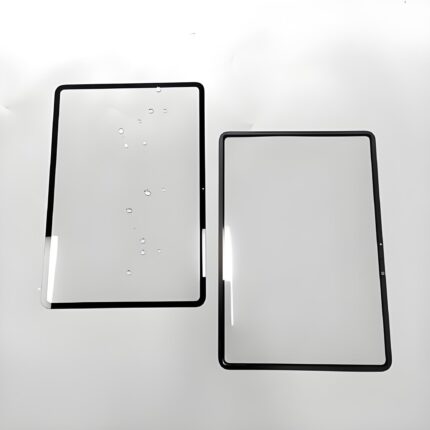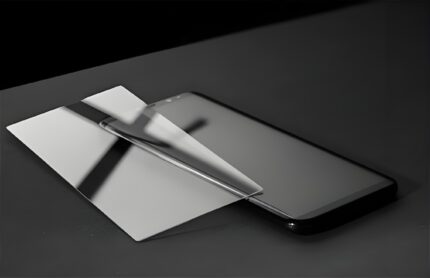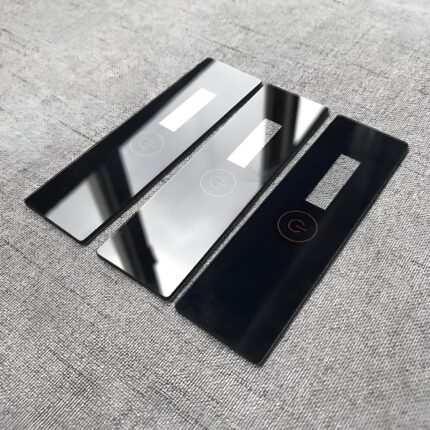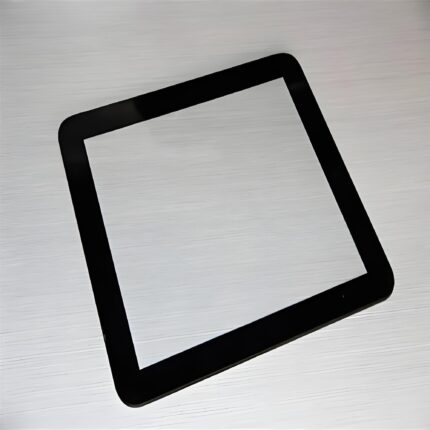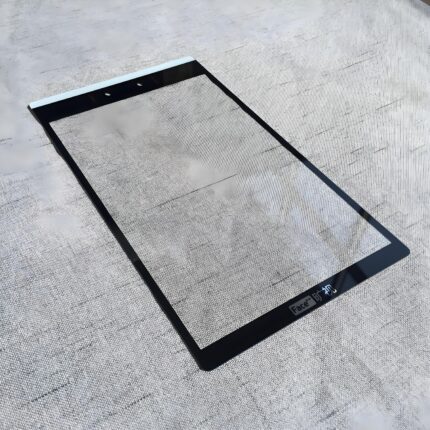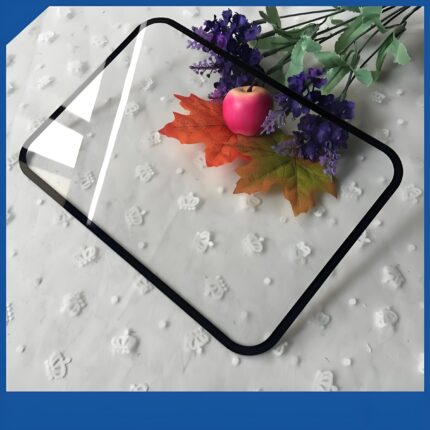Thick or Thin? Choosing the Right Cover Glass for Your Equipment
Thick or Thin? The Right Cover Glass for Your Gear
Here’s the deal – picking cover glass isn’t about finding the “toughest” option. It’s about matching protection to your equipment’s real-world demands.
I’ve seen too many projects go sideways because someone chose glass like they were armoring a tank… for an office tablet. Or worse – went too thin on machinery that takes daily abuse.
Our solution? Smart-protection cover glass tailored to your actual needs:
-
Portable devices? 1-2mm chemically strengthened – lightweight but tough
-
Factory floor panels? 4-5mm tempered – stands up to tools and impacts
-
Outdoor kiosks? 5mm laminated – laughs at weather and vandals
The magic happens when we combine the right thickness with specialized treatments:
✔ Anti-glare for sunlight readability
✔ Oleophobic coatings that actually repel fingerprints
✔ UV stabilization that prevents yellowing
Thick or Thin? Choosing the Right Cover Glass for Your Equipment
The Great Cover Glass Dilemma
Let me guess – you’re staring at your equipment specs, scratching your head over whether to go with thick or thin cover glass. I’ve been there. That moment when you realize this single decision could mean the difference between a display that lasts for years versus one that cracks under pressure (literally).
Here’s the truth: there’s no universal “best” thickness. The right cover glass depends entirely on what your equipment needs to endure. After a decade in the industry, I’ve seen too many projects derailed by poor glass selection. Let’s break this down so you don’t make those same mistakes.
Why Thickness Matters More Than You Think
The Goldilocks Principle
You know the story – not too thick, not too thin, but just right. That’s exactly what we’re aiming for with cover glass.
-
Too thin (under 2mm): Like wearing a t-shirt in a hailstorm. Fine for gentle indoor use but risky anywhere else.
-
Too thick (over 6mm): Like wearing full armor to the office. Overkill for most applications and adds unnecessary weight.
-
Just right (3-5mm): The sweet spot for 80% of industrial applications.
Real-World Consequences
Last year, a client insisted on ultra-thin 1.5mm cover glass for their outdoor payment terminals. Six months later? 40% failure rate from micro-cracks. The fix? We switched them to 4mm chemically strengthened glass. Problem solved.
Breaking Down the Options
Thin Cover Glass (0.5-2mm)
Best for:
-
Medical tablets
-
Portable measurement devices
-
Control panels in climate-controlled environments
Pros:
-
Lightweight
-
Excellent touch sensitivity
-
More affordable
Cons:
-
Requires chemical strengthening for durability
-
Not suitable for high-impact environments
I recently worked with a hospital that needed thin cover glass for their diagnostic tablets. We used 1.8mm aluminosilicate glass with an anti-microbial coating. Perfect balance of clarity and protection.
Medium Thickness (3-5mm)
Best for:
-
Factory control panels
-
Retail kiosks
-
Transportation displays
Pros:
-
Good impact resistance
-
Maintains decent touch sensitivity
-
Cost-effective for most industrial uses
Cons:
-
May require anti-reflective treatment
-
Slight weight increase
Thick Cover Glass (6mm+)
Best for:
-
Oil rig control systems
-
Military equipment
-
High-vandalism areas
Pros:
-
Nearly indestructible
-
Excellent weather resistance
-
Long lifespan
Cons:
-
Heavy
-
Reduced touch sensitivity
-
Higher cost
The 5 Critical Factors in Your Decision
-
Environment: Will this face extreme temps, chemicals, or weather?
-
Usage: How many touches per day? Risk of impacts?
-
Visibility: Need optical clarity or can tolerate some distortion?
-
Budget: Can you afford premium materials?
-
Longevity: Is this a 2-year product or a 10-year investment?
My Professional Recommendation
After installing thousands of cover glass solutions, here’s my cheat sheet:
-
Office equipment: 3mm tempered
-
Factory floors: 4-5mm chemically strengthened
-
Outdoor use: 5mm laminated with UV protection
-
High-security areas: 6mm+ polycarbonate hybrid
Remember: The right cover glass should disappear in use – protecting without interfering. When in doubt, consult with your glass supplier about your specific use case. Better to ask questions now than replace broken glass later.
Final Thought
Choosing cover glass isn’t about finding the “best” – it’s about finding what’s best for your equipment’s unique challenges. Take the time to analyze your needs, and you’ll end up with a solution that lasts.
Need help with your specific application? Our engineers live for these kinds of challenges – drop us your specs and we’ll recommend the perfect cover glass solution.




